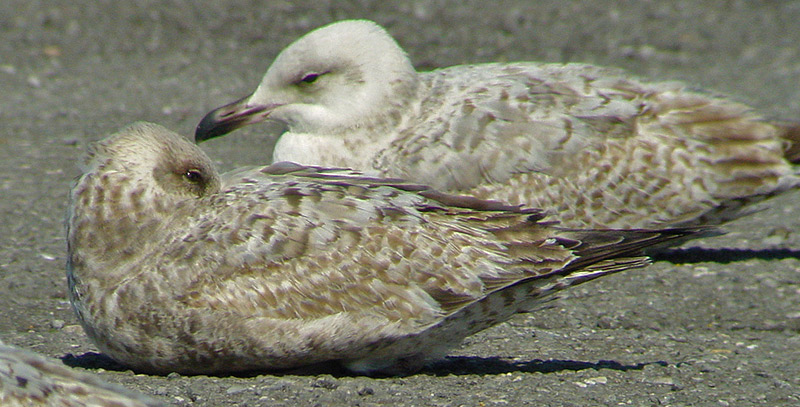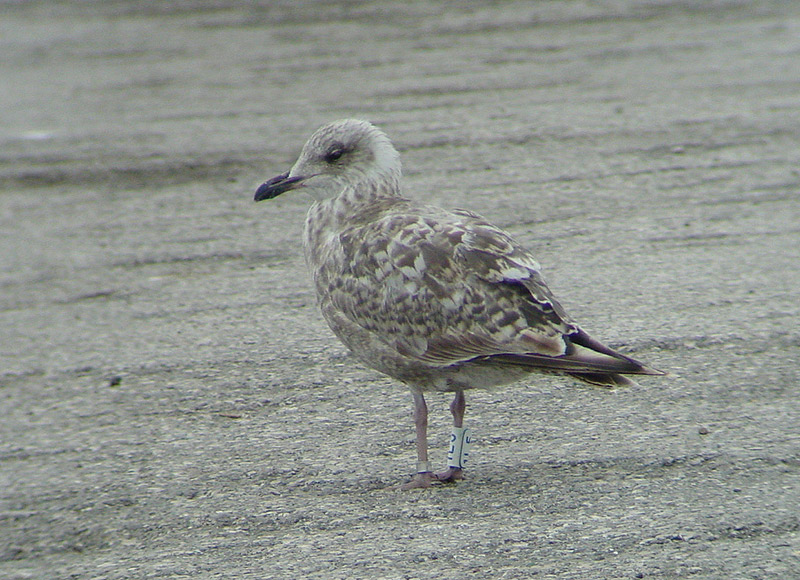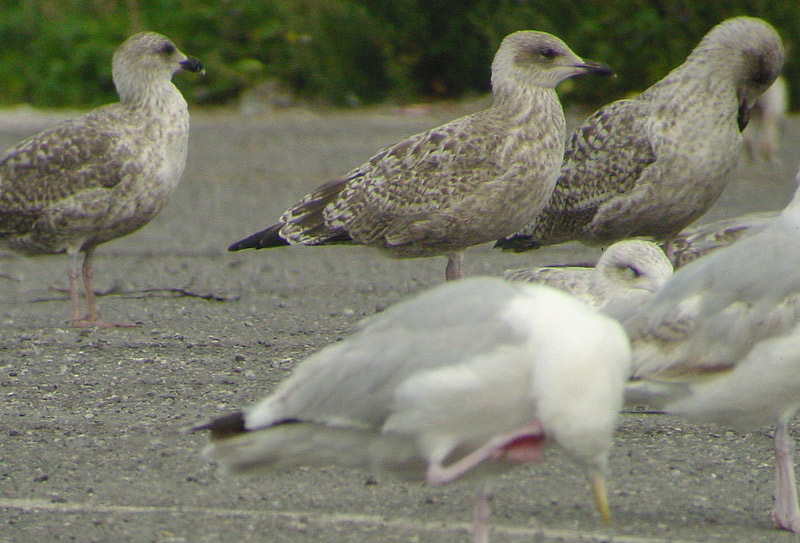 Herring Gull- Zilvermeeuw (argentatus & argenteus)
Herring Gull- Zilvermeeuw (argentatus & argenteus)
(last update:
Herring Gull plumages:
hg 1cy July
hg 1cy August
hg 1cy September
hg 1cy October
hg 1cy November
hg 1cy December
hg 2cy January
hg 2cy February
hg 2cy March
hg 2cy April
hg 2cy May
hg 2cy June
hg 2cy July
hg 2cy August
hg 2cy September
hg 2cy October
hg 2cy November
hg 2cy December
hg 3cy January
hg 3cy February
hg 3cy March
hg 3cy April
hg 3cy May
hg 3cy June
hg 3cy July
hg 3cy August
hg 3cy September
hg 3cy October
hg 3cy November
hg 3cy December
hg sub-ad January
hg sub-ad February
hg sub-ad March
hg sub-ad April
hg sub-ad May
hg sub-ad June
hg sub-ad July
hg sub-ad August
hg sub-ad September
hg sub-ad October
hg sub-ad November
hg sub-ad December
hg ad January
hg ad February
hg ad March
hg ad April
hg ad May
hg ad June
hg ad July
hg ad August
hg ad September
hg ad October
hg ad November
hg ad December
|
Herring Gull 1L5 2cy (argenteus), April - August 2003, Boulogne-sur-Mer, France (50.42N,01.34E). A ringed argenteus from the island of Guernsey in the Channel. Tertials and all wing-coverts are still old juvenile. The upper scapulars have 5 fresh third generation feathers and one feather missing. All lower scapulars are second generation, except two rear scapulars in the lowest row, hidden by the scpaulars above in this sitting bird. Argenteus show a partial moult of head and body-feathers in spring. This partial moult starts in January and ends by May, bringing birds in so-called "first summer" plumage. The head and under-parts will turn white by June.
top image: 1L5 2cy, April 30 2003, Boulogne-sur-Mer, France (50.42N,01.34E). bottom image: 1L5 2cy, June 27 2003, Boulogne-sur-Mer, France (50.42N,01.34E). This bird clearly started the complete moult (basic moult): the new second generation P5 is just viisble underneath the longest tertial. P8-P10 are still juvenile. All secondaries are still juvenile. Moult in the rectrices has been started as well: the central tail-feathers R1 & R2 are missing.
bottom image: 1L5 2cy, August 08 2003, Boulogne-sur-Mer, France (50.42N,01.34E). This bird almost finished the complete moult (basic moult): P8 is fully grown. In the wing-coverts and tertials: tertials tt1-tt5 are fully grown, Greater coverts #1-#4 are fully grown, #5 is growing, #6-#8 are fully grown, #9 is growing, #10-12 are fully grown and the greater coverts further outwards are fully grown as well probably. The median, lower lesser and almost all lesser coverts are fully grown as well.
|


